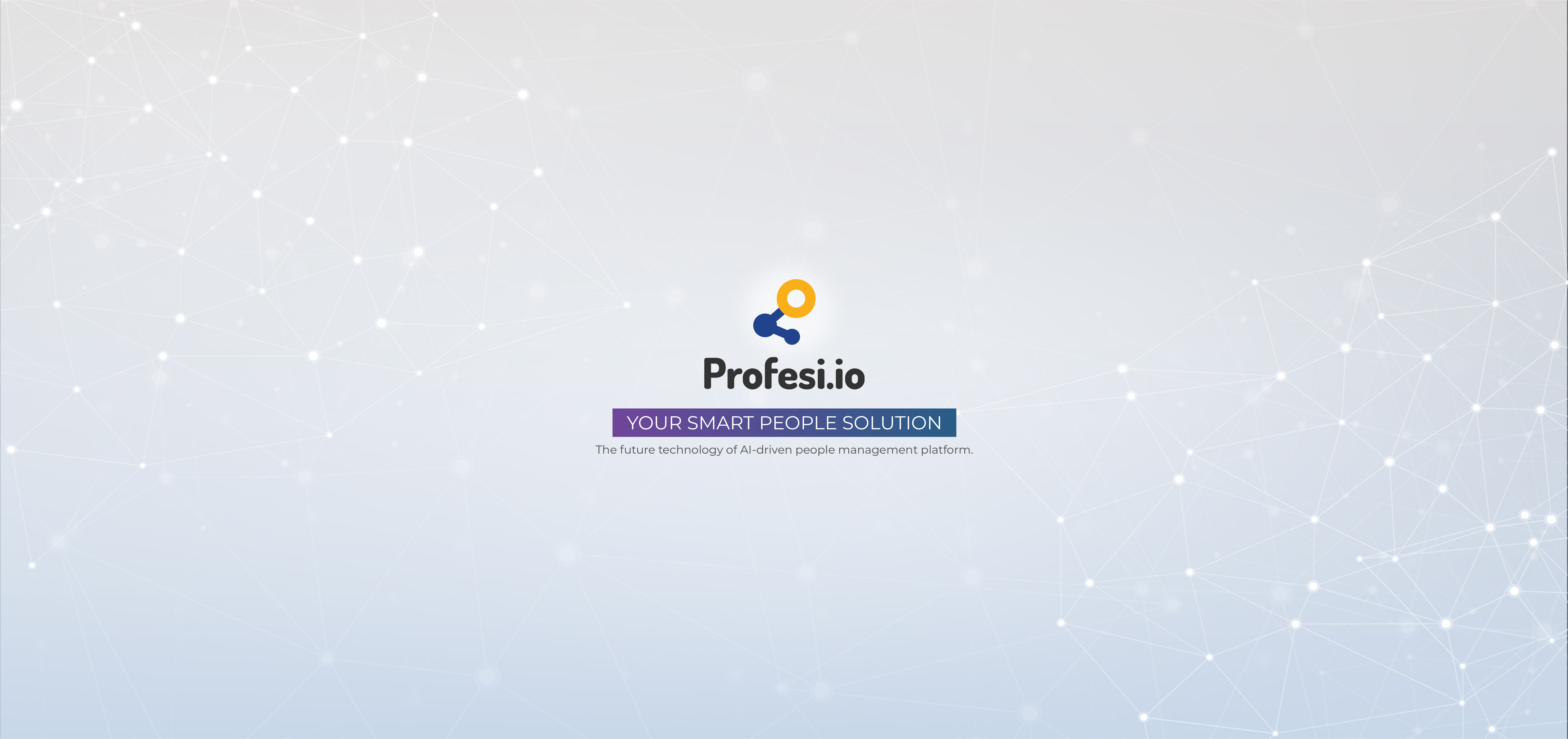About SRW&Co.
Our fundamental belief in our profession as People Management consultants and practitioners is our faith in the power of People.
CONTINUE READING
Kick-start your career at SRW&Co. by applying for a vacancy.
Consulting Service
Our fundamental belief in our profession as People Management consultants and practitioners is our faith in the power of People.
CONTINUE READING
Kick-start your career at SRW&Co. by applying for a vacancy.
Executive Education
Our fundamental belief in our profession as People Management consultants and practitioners is our faith in the power of People.
CONTINUE READING
Kick-start your career at SRW&Co. by applying for a vacancy.

News & Event
Our fundamental belief in our profession as People Management consultants and practitioners is our faith in the power of People.
CONTINUE READING
Kick-start your career at SRW&Co. by applying for a vacancy.
Career
It is the people inside ... Who execute your strategy and create value for your business That differentiate your company from the rest
Reading
Kick-start your career at SRW&Co. by applying for a vacancy.
Understanding the Indonesian Leadership Gap
PUBLISHED ON Sep 24 2008Andrea Tejokusumo, The Jakarta Post | Management | Wed, September 24 2008
It is not at all difficult to picture the following scenario: Your organization, an aspiring global company, has plenty of skilled and dedicated human resources at its disposal. After some time, however, your senior execs plateau, while budding leaders fail to achieve their full potential. What seems to be the problem?
According to the Corporate Leadership Council (2000), in almost every organization, leadership ranks are stretched too thin, intense recruiting wars for talent are under way, and too little thought and resources are given to formal development systems.
In the West, recent studies of the leadership gap have been linked to the generational transition from Baby Boomers to Generation X, whereby the two age groups' wildly different philosophies and approaches are seen as catalyst to the widening of the chink. Consequently, studies on the "gap" have been regularly conducted taking on both the views of East and West.

(Left to right) Michael Jenkins, Jolanda J. sadrach and Roger Byrne. (JP/Andrea Tejokusumo)
"Gap' very often identifies with managing change," said Michael Jenkins, managing director of the Center for Creative Leadership (CCL) Asia and vice president of CCL Asia-Pacific, in an exclusive interview with The Jakarta Post.
"Understanding the leadership gap is a groundbreaking research initiative which we believe will make valuable contribution to the understanding of how leadership is practiced in a specific country's context," he said.
CCL, which ranks among the world's top providers of executive education according to BusinessWeek and the Financial Times, has run numerous "gap" research projects in Asia. It is now running one in Indonesia through partnership with management consulting firm SRW & Co.
"Regardless of cultural differences, there are several aspects of leadership that are quite common in different cultures," said Jenkins. "The ability to set directions, create alignment and also give commitment to the people working for you are some vital leadership elements that are found in every culture we study."
CCL's Indonesian leadership gap study targets companies across a broad spectrum of industries including banking, telecommunications and IT. To participate in the survey, organizations will be asked to assign 50 middle- and 50 upper-level managers to fill in a 52-item questionnaire called the Leadership Effectiveness Survey, either via online or in writing.
While data collection began in August and will continue through October, by the end of the study each organization will be given its individual leadership gap assessment report -- expected to finish some time around December.
As said by Roger Byrne, CCL Asia-Pacific's leadership development director, "The survey looks at and asks questions about 20 particular behaviors associated with positive leadership."
Among these critical leadership skills are those that are fundamental in leading the organization (managing change, resourcefulness and decisiveness), leading others (confronting people, compassion, cultural adaptability) and leading oneself (balance in life and work, composure).
Participants will be asked to assess these behaviors from four dimensions -- judging from current skill level, desired skill level, current importance and future importance.
"For example, if a manager has an excess of skills that are not perceived as too important, that might be classified as over-investment. On the other hand, important skills that stand on the weaker bench are considered key gaps," explained Byrne.
The study also outlines five problematic areas that make up typical derailment characteristics, or "reasons why people fail to achieve their potential as defined by their organization", in the words of Jenkins.
End-results will point toward trends in leadership skills as well as critical factors deemed important in a particular organization's current and future success. Furthermore, the study will be able to identify potential career issues and make for a valuable component in managing human resources.
Jenkins drew an example from India, where CCL has recently completed a "gap" study. "In India, the idea of confidence as a leader is very important for success," he said. "From the perspective of a HR practitioner, looking at such results can be helpful when devising talent management strategy and such."
Jolanda J Sadrach, an SRW & Co. partner, expressed her optimism about the ongoing Indonesian leadership gap study. "Based on our previous experiences in conducting surveys, the return rate is quite high."
She went on: "In the past, there have been several initiatives in leadership areas particularly with regard to leadership development. In terms of leadership competency gap, however, this is the first study we've ever known in Indonesia."
Jenkins added: "It is exciting to see how the study, for the first time, will provide a window on how Indonesians see other Indonesians as leaders."
All three experts agree that understanding of the leadership gap has become a vital component in nailing today's perpetually changing business scene.
"The pace of change within businesses is becoming quicker nowadays. In Asia especially, there are many organizations that are trying to develop from simply being an *international' to a *global' company," said Byrne.
"In an Indonesian concept, it is akin to previously liaising with neighboring countries such as Singapore and Malaysia to now dealing with the U.S. and Europe. Mind-sets would need to be changed for this, and individuals would have to start coping with time zones, attitudes and all sorts of new challenges," he explained.
On top of that, he said, today's much more mobile workforce has moved the trend on from having an "international workforce" -- meaning local with a couple of expatriates at the top -- to perhaps having a local or expatriate manager leading a team with quite a mix of skills and nationalities.
Back to List